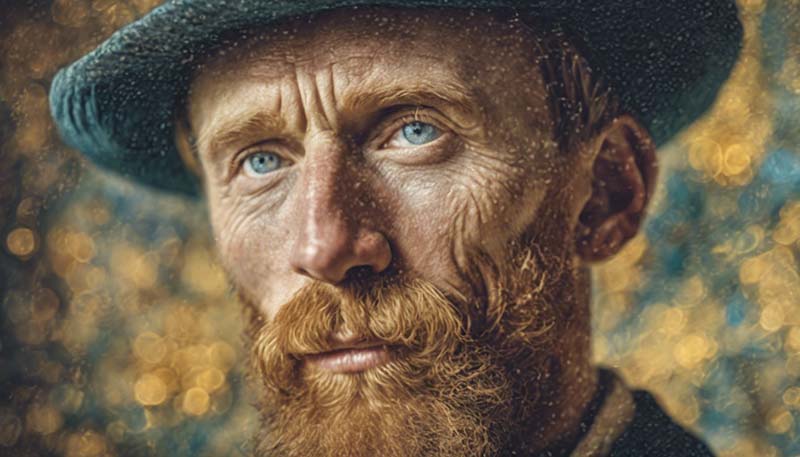Vincent van Gogh: The Tragic Life and Lasting Art of the Impressionist
Vincent van Gogh: The Tragic Life and Lasting Art of the Impressionist
Vincent Willem van Gogh, born on March 30, 1853, in the village of Zundert in the southern Netherlands, is one of the most celebrated and complex figures in the history of art. His work continues to captivate audiences worldwide, and his life story is a poignant reminder of the struggles that many artists face.
Early Life and Struggles
Vincent was the eldest son of Theodorus van Gogh, a minister of the Dutch Reformed Church, and Anna Cornelia Carbentus. He had a tumultuous relationship with his family, particularly his younger brother, Theo, who would later become Vincent's staunchest supporter and financial provider.
Early Career
Before embarking on his artistic career, van Gogh held a series of jobs including an art dealer at Goupil & Cie, a teacher, and a bookseller. However, none of these professions seemed to satisfy his yearning for a meaningful and fulfilling life.
The Artistic Journey
It was not until his late twenties that van Gogh decided to pursue a career as an artist. He began his artistic journey by creating somber, dark-toned works that depicted the life of peasants and the rural poor. His early style was heavily influenced by the Dutch tradition of realism and the social commentary of artists like Jean-François Millet.
Advertisement
Impressionism and the Paris Period
In 1886, van Gogh moved to Paris to join his brother Theo, who was an art dealer. Here, he was exposed to the vibrant art scene and the works of the Impressionists and Post-Impressionists. This period marked a significant shift in van Gogh's style, as he began to incorporate brighter colors and more expressive brushstrokes into his work.
The Arles Period
In 1888, van Gogh left Paris for the south of France, settling in the town of Arles. This period was one of intense productivity for the artist, as he created some of his most iconic works, including "The Starry Night," "Café Terrace at Night," and "Sunflowers." The light and color of the south greatly influenced his work, and he began to experiment with more vivid hues and swirling patterns.
Mental Health and Tragedy
Despite his artistic successes, van Gogh's life was marred by mental health issues, which led to a series of crises and hospitalizations. His most famous episode of instability occurred in December 1888, when he famously cut off a portion of his own ear in a fit of madness.
The Final Years
After a stay in the Saint-Rémy-de-Provence asylum, van Gogh moved to the village of Auvers-sur-Oise in 1890, under the care of Dr. Paul Gachet. It was here that he created some of his last paintings, including "Wheatfield with Crows," which is believed to be one of his final works before his death.
On July 27, 1890, van Gogh shot himself in the chest and died two days later from his injuries. His tragic death at the age of 37 marked the end of a life that was filled with both artistic brilliance and personal turmoil.
Legacy and Influence
Despite selling only a handful of paintings during his lifetime, van Gogh's work has had a profound impact on the art world. His use of color, expressive brushwork, and emotional intensity have influenced countless artists and continue to inspire new generations.
Today, van Gogh's paintings are among the most recognizable and beloved in the world. His life and work serve as a testament to the power of art to transcend personal suffering and to communicate the depths of human emotion.
Selected Works
The Starry Night (1889)
Sunflowers (1888)
Café Terrace at Night (1888)
For more information on Vincent van Gogh and his works, visit museums and galleries that house his art or explore the extensive resources available online.

Note: The images used in this article are placeholders and do not represent actual high-quality reproductions of van Gogh's paintings.